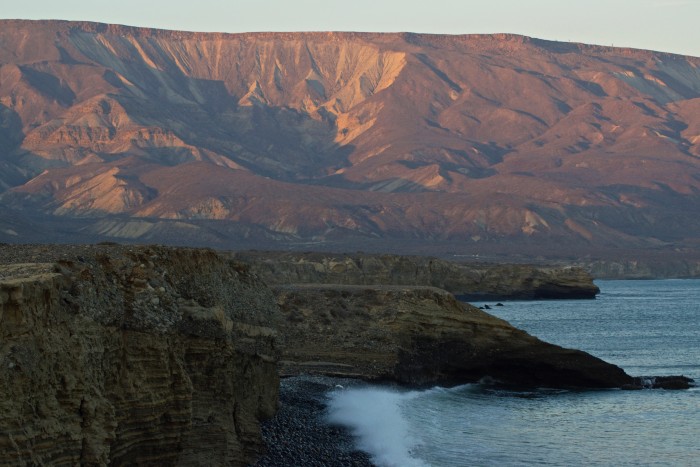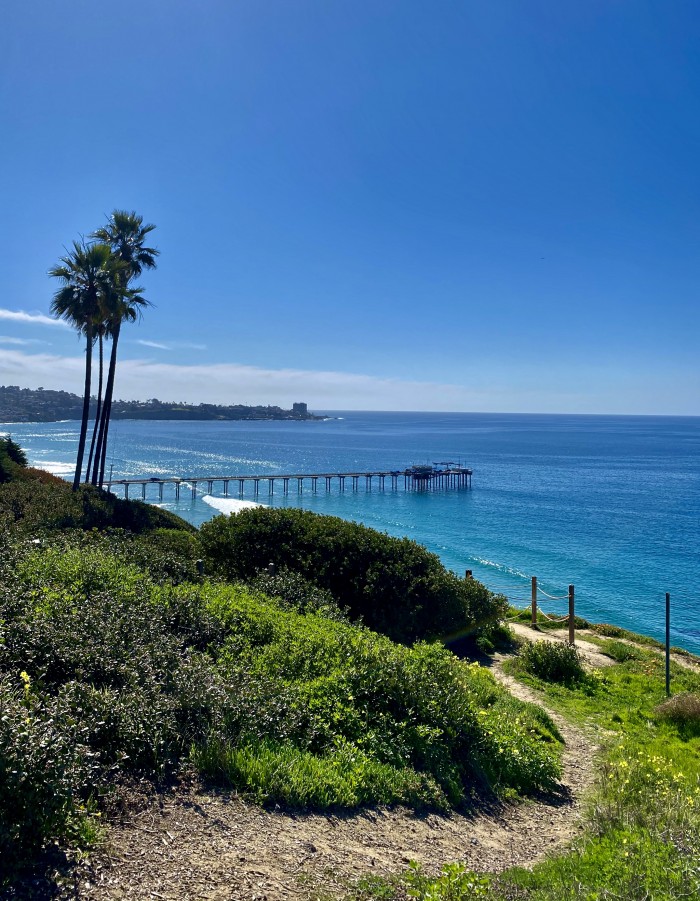My love of science and the environment started early in life, during summers spent camping along the rural, rugged Pacific coastline of Baja, Mexico. Exploring the towering sandstone cliffs and slippery tide pools sparked my interest in the natural world, and decades later led me to graduate school in the Earth sciences. I was fascinated as I learned about everything from physical ocean processes to the formation of our solar system. But as I became indoctrinated into the world of research, I felt a disconnect between the groundbreaking results I saw in academic journals and the facts that friends discussed over dinner.

I began to realize that my personal motivation for doing science stemmed not from a desire to perform research, but rather from a desire to help others understand the way our planet works. Science communication isn’t an obvious path for most. In fact, there seems to be a societal divide between “creative people” and “STEM people.” My liberation came with the recognition that, with a career in science communication, I could be both. I also found that “scicomm” jobs were well-aligned with my motivation for doing science in the first place. After wrapping up my master’s thesis, I was fortunate enough to be accepted into a year-long science communication fellowship with California Sea Grant and the Center for Climate Change Impacts and Adaptation (CCCIA) at Scripps Institution of Oceanography.
I braced myself in preparation to revamp my technical skillset. Gone were the days of tinkering in Python and GIS on abstract problems in solitude. My chance to absorb endless new and exciting research had arrived. While I still found comfort in listening to familiar lab presentations, I began to dip my toes in the waters of institutional science communication. The tasks I already loved doing – making graphics, writing for a general audience, engaging with scientists about the questions that keep them up at night – were now a part of my job. As it turns out, a natural ability to communicate is just as useful as graduate education in the field.

With mentorship from the California Sea Grant and Scripps Institution of Oceanography communications team, I’ve learned to translate our science into various forms: press releases, blog posts, FAQs, newsletters, tweets, web pages, infographics, and illustrations to name a few. Rather than focusing on one topic for years at a time, I am juggling multiple scientific topics at once and scheming up creative ways to communicate them. Some topics, such as sea-level rise and coastal erosion, were already near and dear to me. Others have expanded my knowledge base and sparked new interests, such as climate change impacts on human health and marine ecosystem dynamics.
Over the year, I’ve been developing a communication strategy for the CCCIA. The “why” is evident to me – as the CCCIA grows and advances climate science in California, new information must be disseminated appropriately. At a moment in history where peer-reviewed, factual evidence is questioned and disinformation is commonplace, the facts surrounding climate change impacts need to be accessible to everyone. To do this, we have to get uncomfortable and think about how to diversify our audience. We have to let our science escape the ivory tower and find new homes for information outside of academic journals.
I’m thankful for the support to pursue the aspects of science that captivate and motivate me most, and to work alongside a few brilliant and open-minded teams here in San Diego. As the first full-time science communicator for the CCCIA, it has been a learning process for everyone involved. But the opportunity to generate and execute new ideas has resulted in a period of tremendous professional and personal growth for me, and a greater discussion about the CCCIA’s long-term needs.
There’s no question that science communication is a necessary and often overlooked step in the research process. My hope is that with continued institutional emphasis on this step, we’ll all start to understand our planet a little better. Not just because Earth is extraordinarily complex, interconnected, fragile and resilient – but because it’s the only home we’ve got. That’s enough “why” for me.




